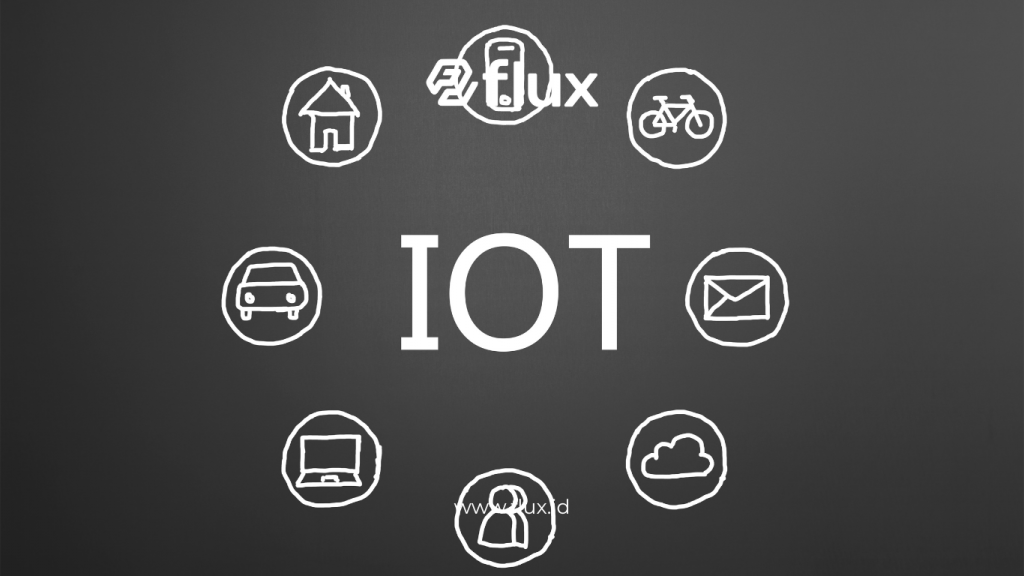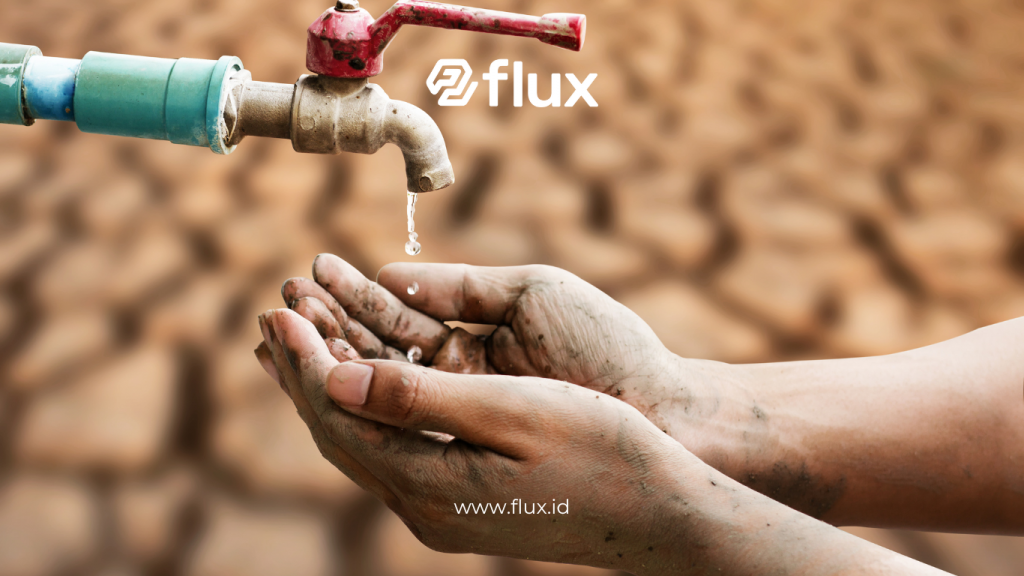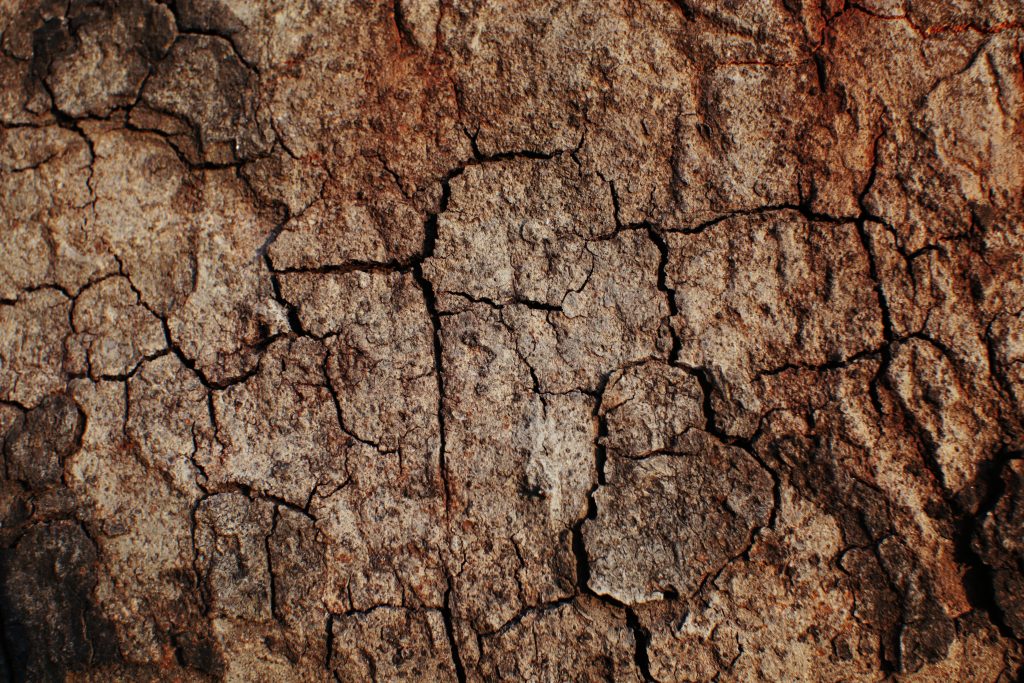Don't miss our holiday offer - 20% OFF!
Drought represents a significant environmental challenge that impacts water supply, agriculture, and ecosystems as a whole. To address this issue more effectively, Internet of Things (IoT) sensor technology has emerged as a crucial tool for monitoring and managing drought conditions. This article will explore various types of IoT sensors, their functions, and the best applications for drought monitoring.
Contents
What Are IoT Sensors?

IoT sensors are advanced devices that collect and transmit data to a central system through internet connections. Specifically, in the context of drought, these sensors measure various environmental parameters, such as soil moisture, precipitation, and temperature. Consequently, they assist in predicting and managing drought conditions effectively.
Types of IoT Sensors for Drought Monitoring

Read More: Soil Moisture Sensors: Technology and Working Principles for Accurate Drought Detection
1. Soil Moisture Sensors
Soil moisture sensors are designed to measure the amount of water in the soil. By collecting this data, these sensors help determine when and how much irrigation is needed. Additionally, they identify areas that might be experiencing drought.
2. Rainfall Sensors
Rainfall sensors measure the amount of precipitation that occurs over a specific period. This data is crucial for monitoring rainfall patterns and identifying trends that could indicate potential drought conditions.
3. Air Temperature Sensors
Air temperature sensors measure the surrounding environment’s temperature. Since temperature changes can affect evaporation rates and soil moisture, these sensors are essential for comprehensive drought analysis.
4. Air Humidity Sensors
Air humidity sensors measure atmospheric moisture. Given that low air humidity often correlates with drought, this information helps monitor overall weather conditions and drought risk.
Functions of IoT Sensors in Drought Monitoring

Read More: Optimizing Drought Monitoring: How Soil Moisture Sensors Work and Their Benefits
1. Real-Time Data Collection
IoT sensors provide real-time data, enabling continuous monitoring of environmental conditions. This capability facilitates the detection of immediate changes that might signal the onset of drought.
2. Prediction and Analysis
With the data collected, predictive analysis can be performed to anticipate future drought conditions. Using predictive algorithms and models, it is possible to assess drought risk and plan appropriate mitigation measures.
3. Resource Management
IoT sensors contribute to more efficient water resource management. By providing detailed information about irrigation needs and water availability, these sensors enable better decision-making to optimize resource use.
4. Early Warning Systems
Systems integrated with IoT sensors can issue early warnings about potential drought conditions. This early notification allows for timely preventive measures and preparation before conditions become critical.
Best Applications of IoT Sensors in Drought Monitoring

Read More: IoT Sensor Technology for Drought Monitoring: Advanced Solutions for Water Resource Management
1. Smart Agriculture
In the realm of agriculture, IoT sensors are used to monitor soil moisture and weather conditions. This data assists farmers in determining when and how much irrigation is required, thereby improving water use efficiency and reducing waste.
2. Water Resource Management
IoT sensors play a vital role in managing water resources by providing accurate data on water availability and consumption needs. This information is essential for planning efficient water distribution, particularly in regions prone to drought.
3. Environmental Monitoring
For environmental monitoring, IoT sensors track changes in climate and soil conditions. This data aids in understanding the impact of drought on ecosystems and informs actions to protect the environment.
4. Early Warning Systems
Integrating IoT sensors into early warning systems enables the provision of timely information regarding potential drought conditions. Such systems can send notifications to users, facilitating preparedness and risk mitigation efforts.
Conclusion
In conclusion, IoT sensors are instrumental in monitoring and managing drought effectively. By offering various types of sensors that measure soil moisture, rainfall, air temperature, and humidity, these technologies support real-time data collection, prediction, and early warning. The diverse applications of IoT sensors, from smart agriculture to water resource management and environmental monitoring, highlight their significant potential in addressing and mitigating drought challenges proactively and efficiently.





